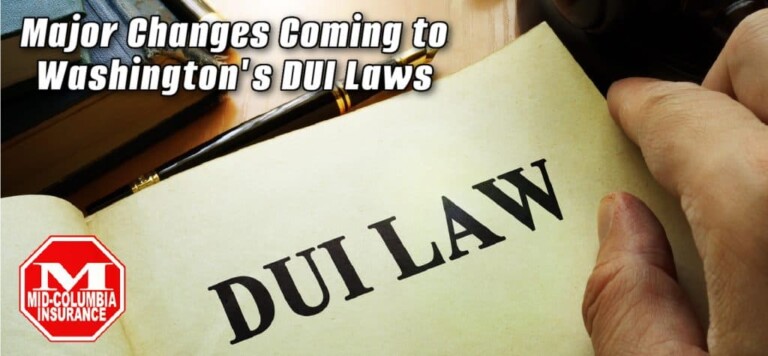Is the National Flood Insurance Program Bad for Homeowners?
National Flood Insurance program bad?
Welcome back! I’m Chris Greene, the Flood Insurance Guru. Today, we’re diving deep into the National Flood Insurance Program (NFIP), especially focusing on what homeowners need to know about flood insurance policies, flood risk, and the implications of FEMA’s (Federal Emergency Management Agency) regulations.
Understanding the NFIP and Its Impact on Homeowners
The NFIP, managed by FEMA, provides homeowners the opportunity to purchase flood insurance. Remember homeowners insurance does not typically cover flood damage.This federal program plays a crucial role in mitigating the financial impact of flood damage. However, many homeowners are increasingly questioning whether the NFIP flood insurance is as beneficial as intended due to rising premiums and changing policies.
Flood Insurance Policies: What They Cover and Why You Need Them
Flood insurance covers damage directly caused by flooding, which typical homeowners’ insurance policies do not cover. This distinction is crucial for many homeowners, especially those living in flood-prone areas. Participating in the NFIP allows property owners to buy flood insurance backed by the federal government, offering a safety net against the devastating effects of flood damage.
The Controversies Surrounding the NFIP
The introduction of Risk Rating 2.0 has stirred up a storm of controversy among policyholders. While the aim is to better reflect the true flood risk in insurance rates, many homeowners are feeling the pinch of significant rate increases. This has created a challenging situation where homeowners are being nudged towards purchasing flood insurance, yet fighting with the mounting costs. Stories of premium hikes are not just limited to Florida; residents in places like Chattanooga, Tennessee, and Oklahoma City, Oklahoma are feeling the financial strain too. Some rates in these areas have skyrocketed to more than $5000 a year. The lack of transparency in how these rates are calculated has left many scratching their heads. While factors like proximity to water, flood type, frequency, replacement cost, and elevation are said to contribute to the rates, the breakdown remains a mystery. This lack of clarity has prompted several states to take legal action against the federal government. In contrast to the previous system, which at least provided some explanation for rate determinations, the current lack of transparency is leaving homeowners in a state of uncertainty.
The Role of Insurance Agents in the NFIP
Insurance agents play a vital role in helping homeowners navigate the complexities of federal flood insurance. They provide essential guidance on how different insurance policies function, help assess flood risk, and assist in the purchasing process. Their expertise can be invaluable, especially when homeowners need to make informed decisions about whether to buy flood insurance. However many insurance agents are shifting to other options as tha national flood insurance program makes these changes and many are deciding not to even offer it.
How FEMA Influences Homeowners’ Decisions
FEMA’s regulations and the mapping of flood zones significantly influence homeowners’ decisions on whether to purchase flood insurance. Properties located in areas deemed high-risk by FEMA are typically required to have flood insurance, especially if the properties are financed through federally backed mortgages. This requirement ensures that property owners are protected against potential flood damage but also raises concerns about the affordability and fairness of insurance rates. So what happens if you are moved from a non required area to a required area? In the old system you had what was called newly mapped rates with a special wait period and rate for the first 12 months. While the special wait period still applies the preferred rates have gone out the window.
Recently we saw a property owner in Texas that had been moved the flood zone ae from x so flood insurance was going to be required. They were going to be required to pay $5200 a year. This property owner was going from no impact on their mortgage to more than $400 a month. This was a single income school teacher that is now looking at selling their dream home. However now this recent flood zone change is going to have a major impact on their property value.
The Broader Implications for Homeowners and Property Owners
For many homeowners, participating in the NFIP is not just a matter of compliance but also one of financial prudence. Flood damage can be financially ruinous, and having adequate coverage is essential. Yet, the evolving nature of the NFIP and FEMA’s guidelines necessitates a constant reevaluation of the costs and benefits of maintaining flood insurance.
Some people are deciding to have their mortgage company force place coverage which generally will provide much less coverage. We saw this happen in Pelham Alabama where FEMA wanted $5100 a year but the mortgage company only wanted $1800 a year.
The good news is that the national flood insurance program is not the only option for flood insurance in many areas. Private flood insurance is available throughout the country and can provide more benefits in many situations. So its important to look at all the flood insurance options in your area.
If you are ready to take the next steps to purchasing flood insurance you can get a quote below or download the guide on purchasing flood insurance.
Information contained on this page is provided by an independent third-party content provider. This website make no warranties or representations in connection therewith. If you are affiliated with this page and would like it removed please contact editor @producerpress.com







